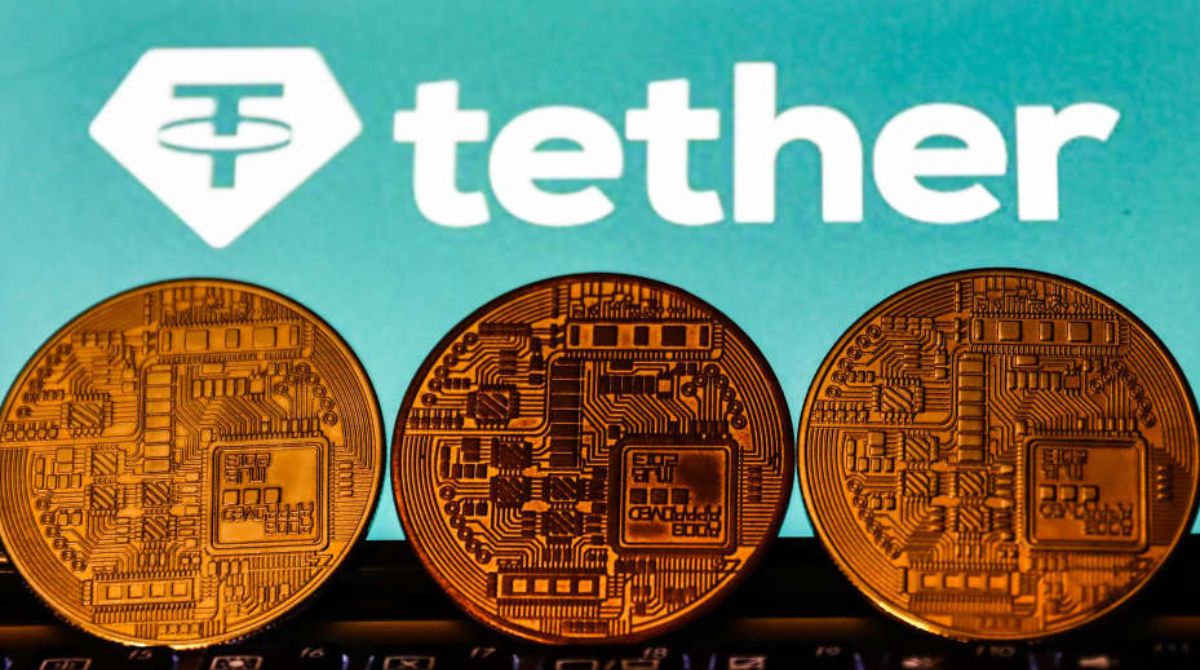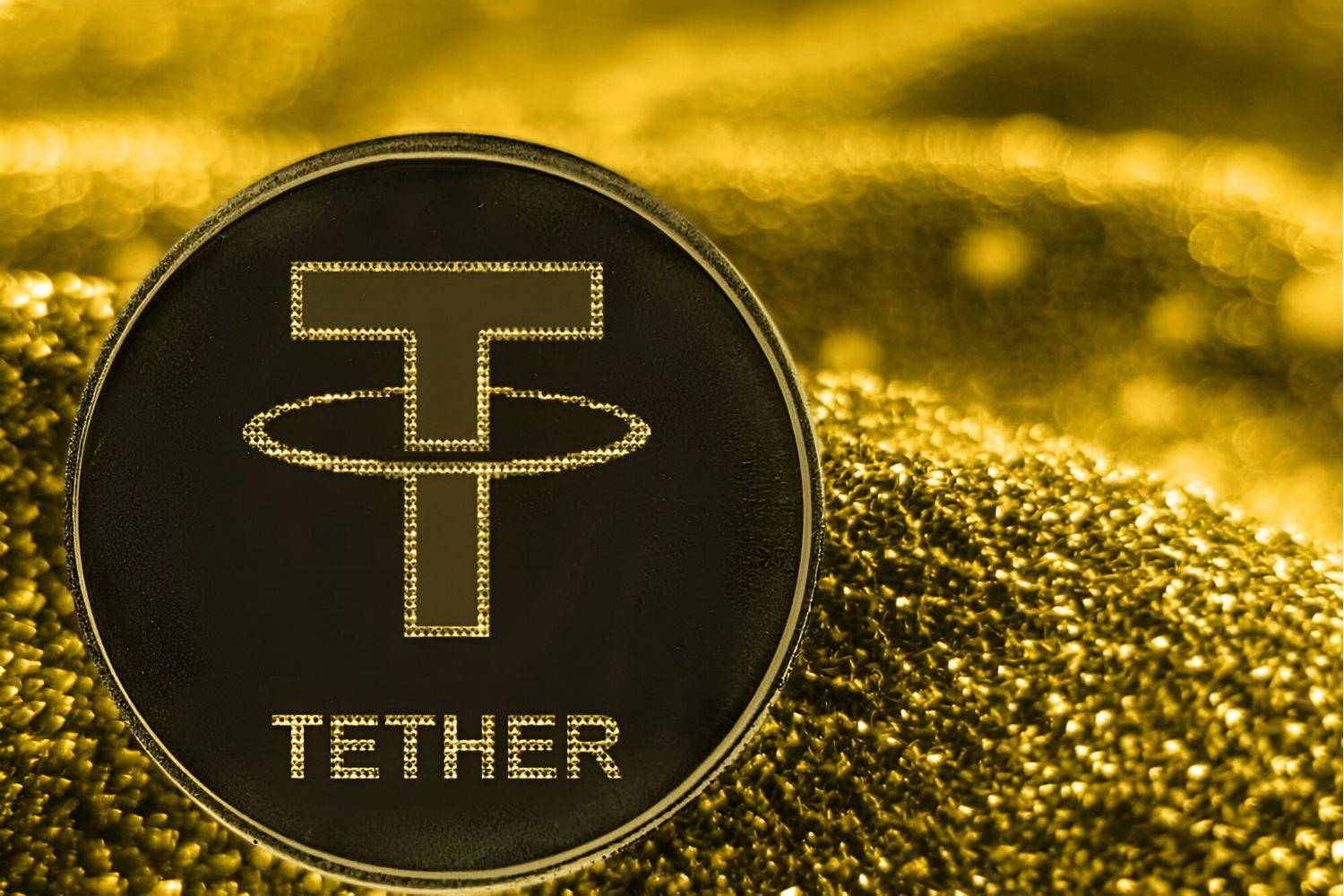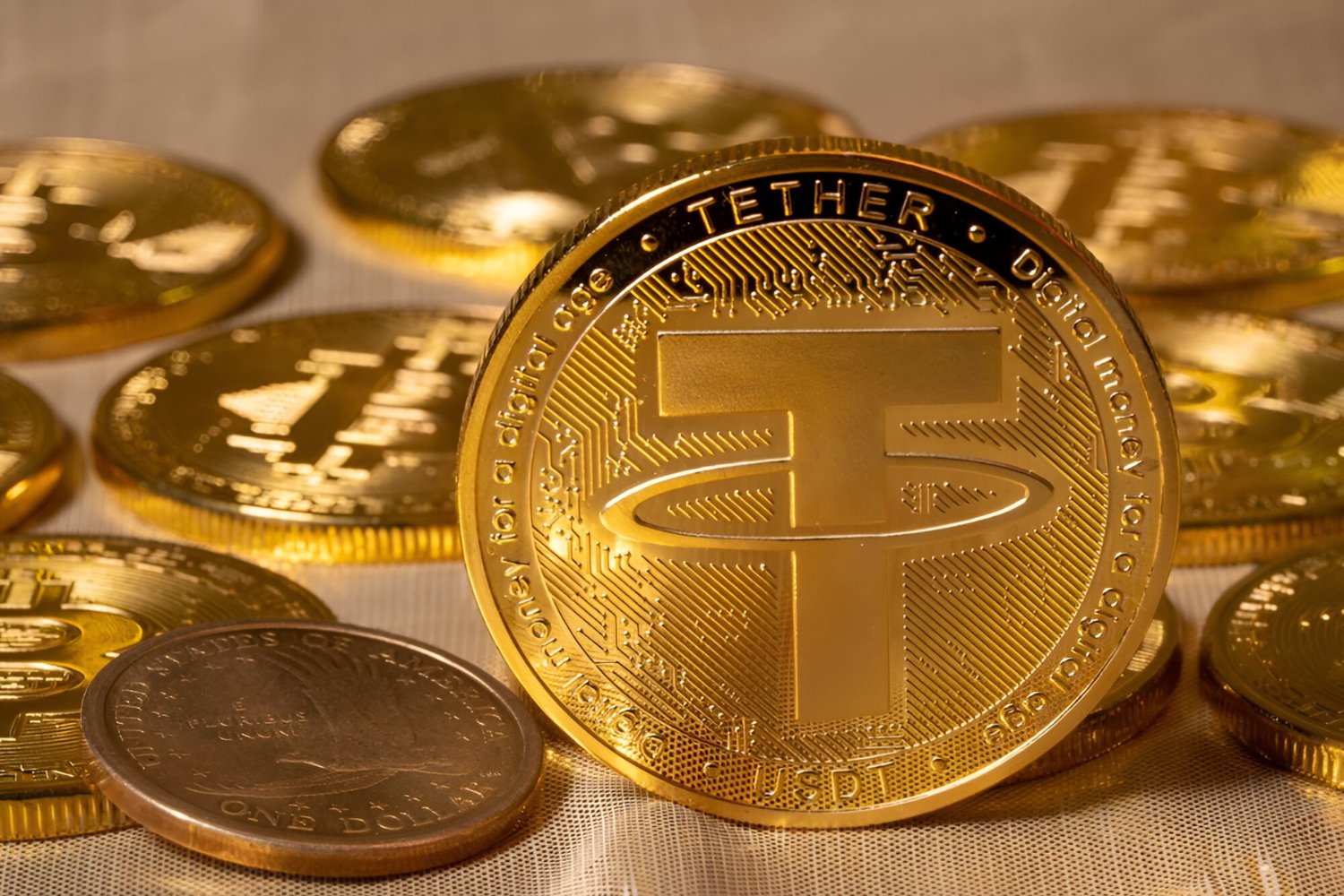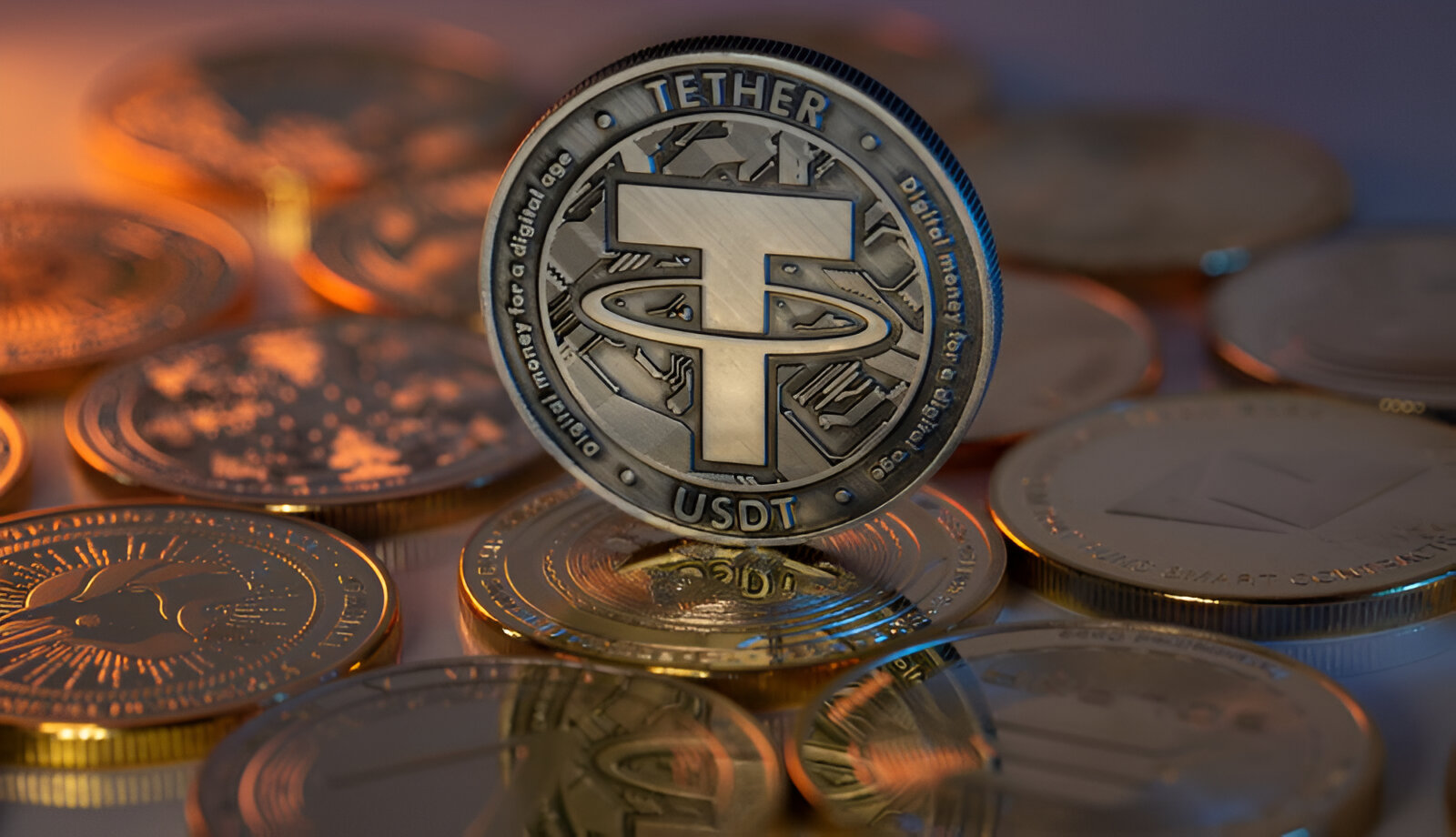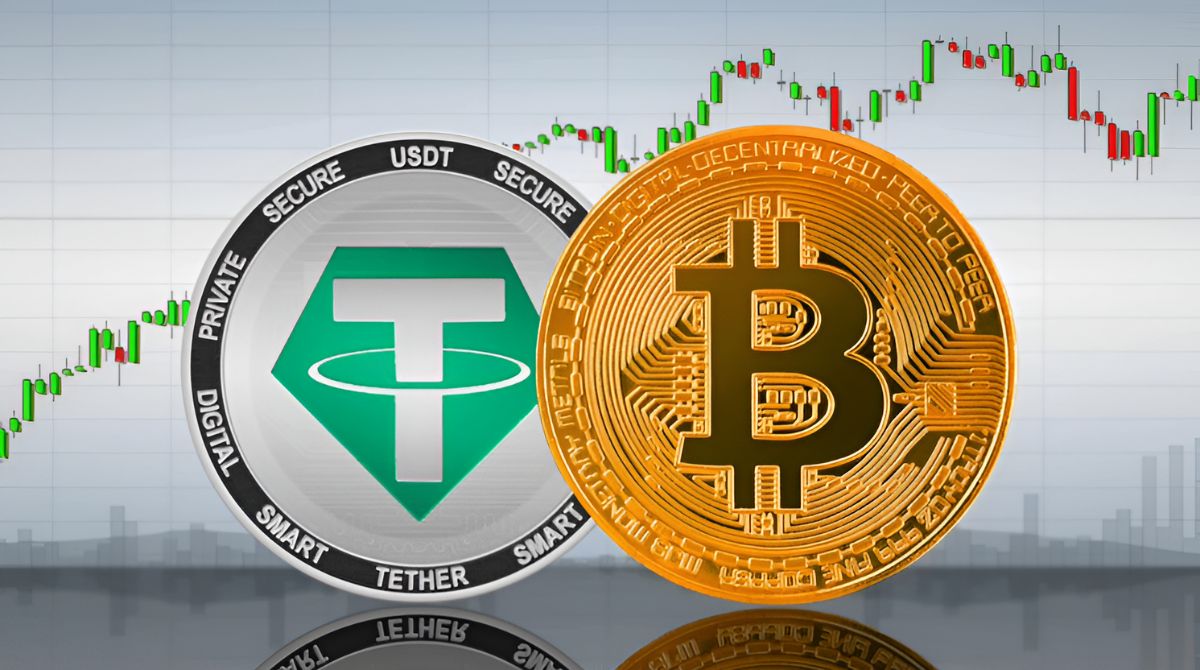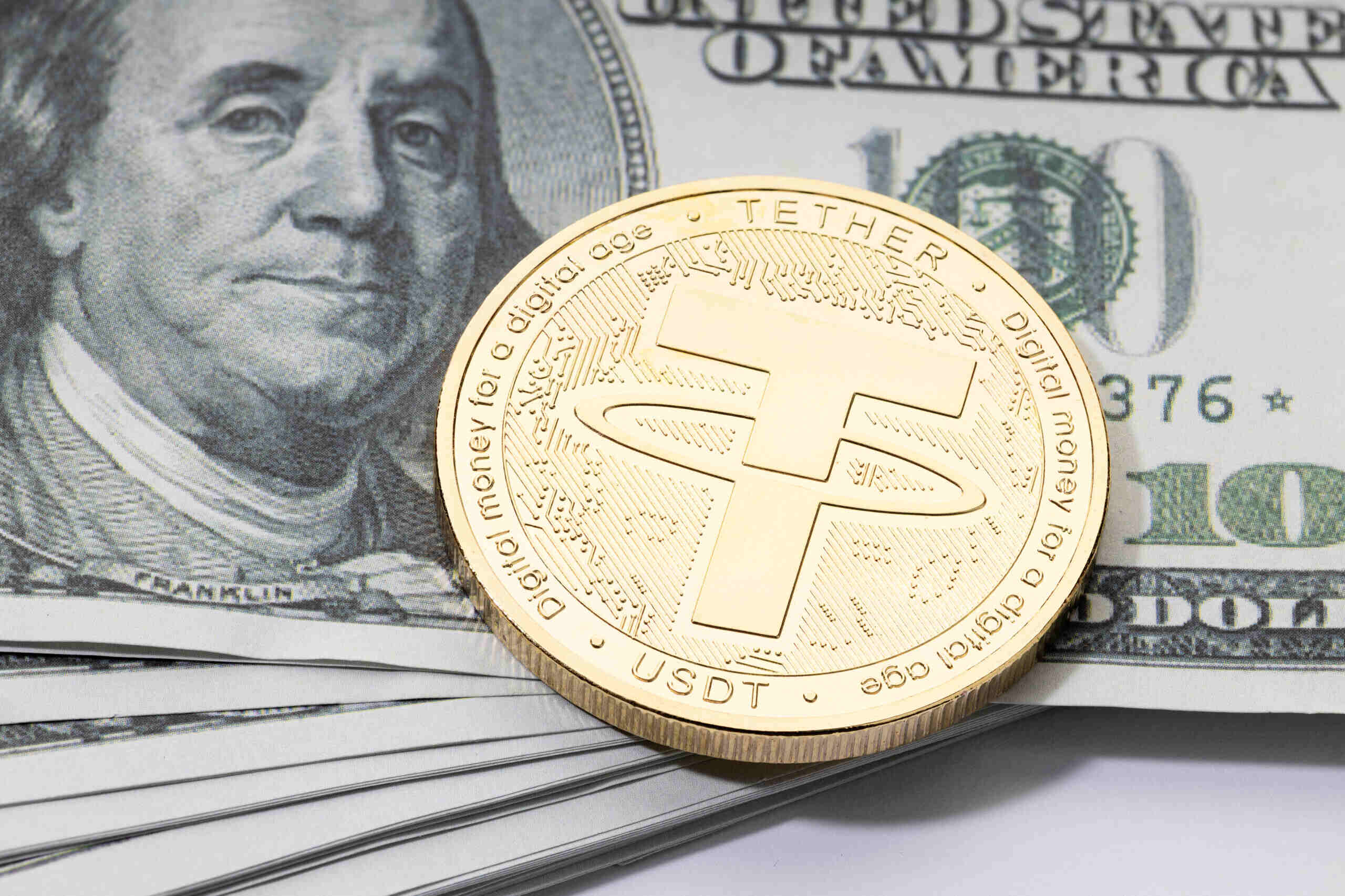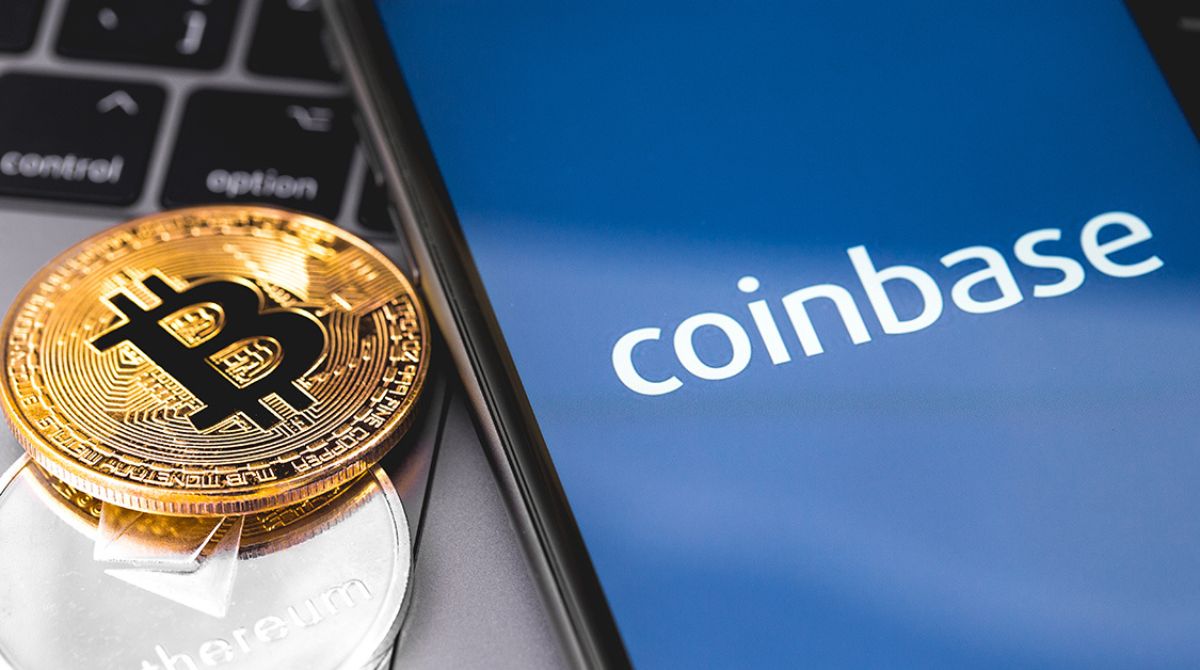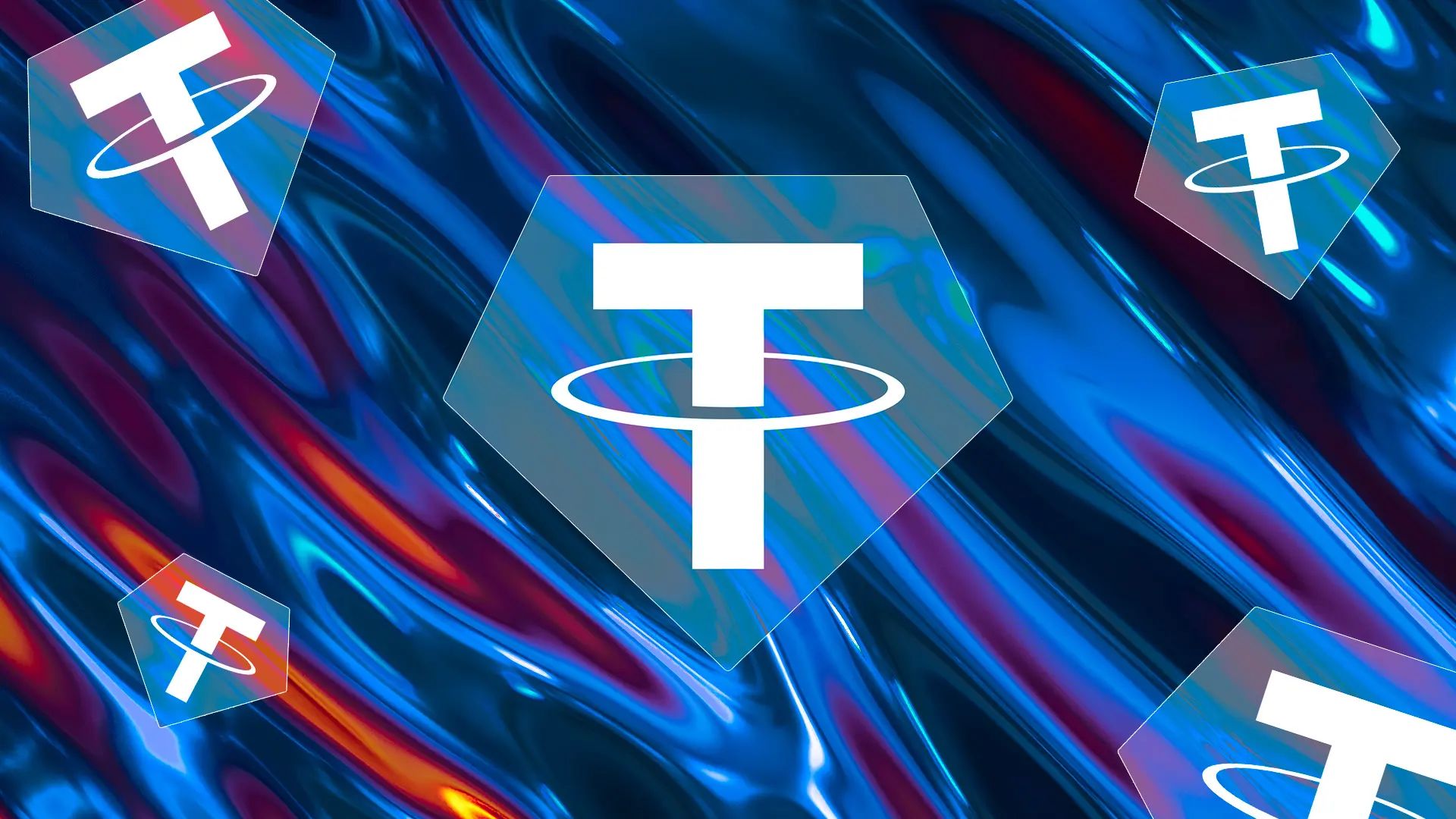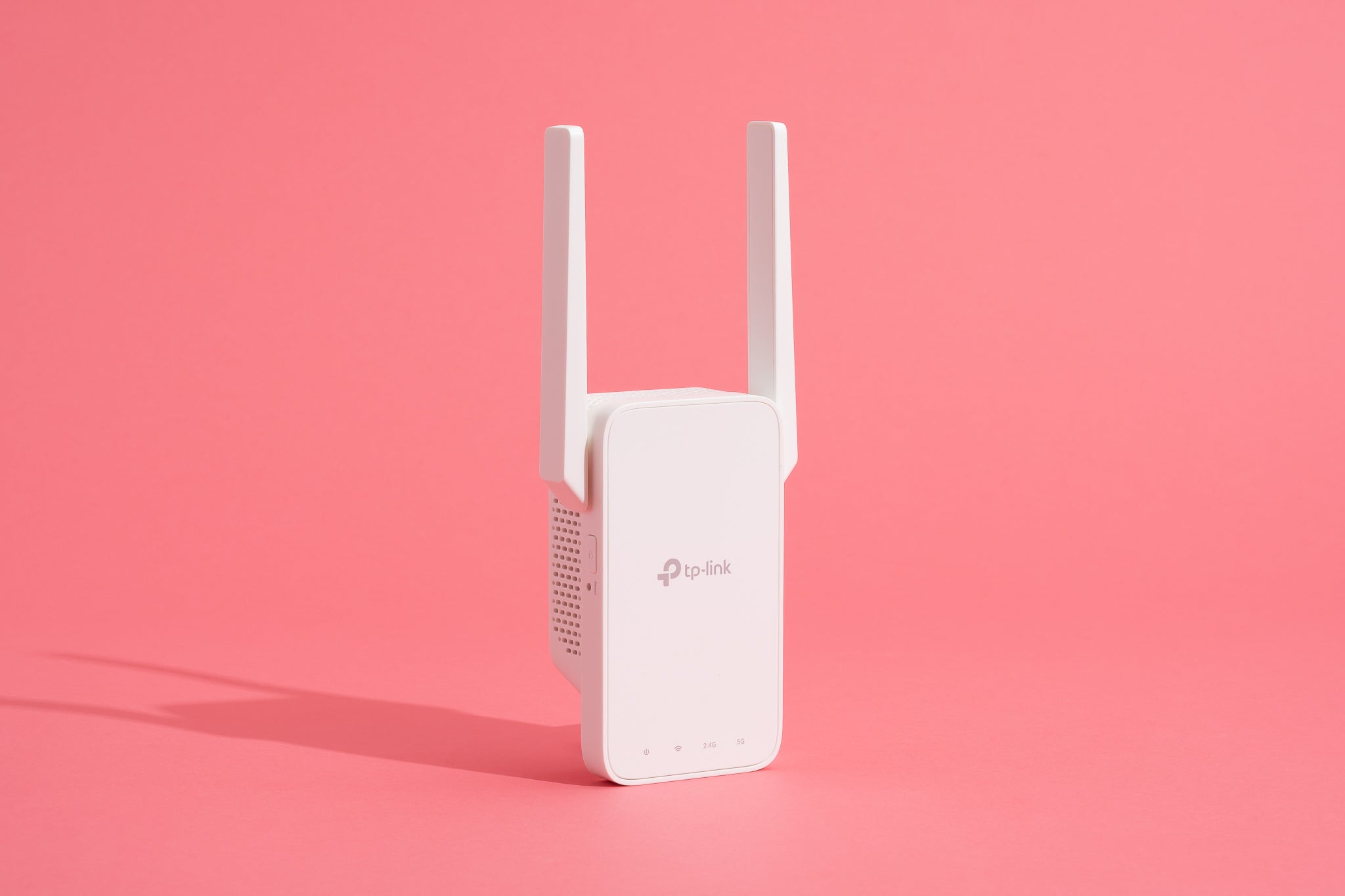Introduction:
Welcome to our comprehensive guide on understanding the transfer process of Tether! As the world of digital currencies continues to expand, Tether has emerged as one of the most popular options for individuals and businesses looking to transfer funds quickly and securely.
Tether, also known as USDT, is a type of cryptocurrency that is designed to be stable in value, with each token representing one US dollar. It operates on the blockchain, providing users with a convenient alternative to traditional fiat currency transfers.
Whether you are new to Tether or already have some experience with it, it is important to understand how the transfer process works. In this guide, we will delve into the factors that can affect the speed of Tether transfers, explore the timeframes you can expect for different types of transfers, and provide valuable tips for making the process faster and more efficient.
Transferring Tether involves sending it from one wallet address to another. This process is typically done using a digital wallet, which can be a software wallet on your computer or a mobile app on your smartphone. The steps involved in transferring Tether are relatively straightforward, but there are some factors that can impact the speed and efficiency of the transfer.
Understanding these factors and how they can affect your transfer experience is crucial for ensuring a smooth process. By being aware of the variables that come into play, you can make informed decisions and optimize your Tether transfers to meet your specific needs and timeframes.
In the upcoming sections, we will explore the various aspects of Tether transfers, including the factors that affect transfer speed, the timeframes you can expect for different types of transfers, and how to check the status of your Tether transfer. Additionally, we will share some useful tips for making your Tether transfers faster and more efficient.
So, whether you’re a seasoned cryptocurrency user or just getting started with Tether, let’s dive into the process and timelines involved in transferring Tether!
The Basics of Tether:
Before we explore the transfer process of Tether, let’s take a moment to understand the basics of this popular cryptocurrency. Tether, also known as USDT, is a stablecoin that was created to address the volatility often associated with other cryptocurrencies.
The key characteristic of Tether is that each token is backed by a reserve of fiat currency, typically the US dollar, at a 1:1 ratio. This means that for every Tether token in circulation, there is an equivalent amount of money held in reserve. This backing is designed to provide stability and ensure that the value of Tether remains pegged to the underlying fiat currency.
One of the primary use cases for Tether is as a medium of exchange in the world of digital currencies. It serves as a bridge between traditional financial systems and the decentralized blockchain ecosystem. By using Tether, individuals and businesses can enjoy the benefits of fast and secure transactions without being exposed to the volatility of other cryptocurrencies.
Tether operates on various blockchain platforms, including Ethereum, Tron, and Omni. As a result, users have the flexibility to choose the platform that meets their specific needs and preferences. Tether can be stored and transferred in digital wallets that are compatible with these platforms.
To transfer Tether, you will need a sender wallet address and a recipient wallet address. These addresses are alphanumeric strings that uniquely identify wallets on the blockchain. When initiating a transfer, you will need to input the recipient’s wallet address and specify the amount of Tether you would like to send.
One important feature of Tether transfers is that they are typically executed quickly. This is because Tether operates on a blockchain infrastructure that enables near-instantaneous transactions. However, the actual transfer speed can be influenced by various factors, which we will discuss in the upcoming sections.
Now that we have covered the basics of Tether, let’s move on to understanding the transfer process in more detail. In the next section, we will explore the factors that can impact the speed of Tether transfers and discuss the timeframes you can expect for different types of transfers.
Understanding the Tether Transfer Process:
Transferring Tether involves a straightforward process that allows you to send and receive tokens quickly and securely. To provide you with a comprehensive understanding of the transfer process, let’s dive into the steps involved:
1. Wallet Selection: Choose a compatible digital wallet that supports the Tether cryptocurrency. There are various wallets available, both online and offline, each with their own unique features and interface. Ensure that the wallet you select is reputable, secure, and user-friendly.
2. Wallet Setup: Install the selected wallet and follow the instructions to set it up. This typically involves creating a new wallet, generating a wallet address, and securing your wallet with a strong password. Some wallets may require additional authentication measures, such as Two-Factor Authentication, for enhanced security.
3. Wallet Funding: To transfer Tether, you need to have funds in your wallet. You can acquire Tether tokens from cryptocurrency exchanges or by converting other cryptocurrencies into Tether. Follow the instructions provided by your wallet or exchange platform to fund your wallet with the desired amount of Tether.
4. Recipient Wallet Address: Obtain the wallet address of the recipient to whom you want to send the Tether tokens. The recipient should provide you with their alphanumeric wallet address, which you will input during the transfer process. Double-check the address to ensure accuracy, as transferring tokens to the wrong address can result in permanent loss.
5. Initiating the Transfer: Open your Tether wallet and look for the “Send” or “Transfer” option. Enter the recipient’s wallet address in the designated field and specify the amount of Tether you want to send. Take note of any transaction fees associated with the transfer, as these may vary depending on network congestion and wallet providers.
6. Confirmation and Verification: Review the details of the transfer, including the recipient address and the amount of Tether being sent. Confirm that everything is correct before finalizing the transaction. Some wallets may require you to verify the transfer by entering your wallet password or providing additional authentication.
7. Transaction Confirmation: Once the transfer is initiated, it will be broadcasted to the blockchain network for processing. The transaction will need to be verified by a consensus of network nodes before it is confirmed. This typically happens within minutes, but the actual speed can vary depending on network congestion and blockchain platform.
8. Transfer Completion: Once the transaction is confirmed, the recipient will receive the Tether tokens in their wallet. You can usually track the progress of the transfer by using a blockchain explorer or checking the transaction history in your wallet. The transfer is considered complete when the tokens are successfully received and visible in the recipient’s wallet.
It is important to remember that Tether transfers are irreversible. Once a transfer is confirmed and completed, it cannot be undone. Therefore, it is crucial to ensure the accuracy of the recipient’s wallet address and the amount of Tether being sent.
In the next section, we will delve into the various factors that can affect the speed of Tether transfers, providing you with valuable insights to optimize and expedite your transactions.
Factors that Affect Transfer Speed:
The speed of Tether transfers can vary based on a variety of factors. Understanding these factors will help you manage your expectations and optimize the speed of your transfers. Let’s explore some of the key factors that can affect the transfer speed:
1. Blockchain Congestion: Tether operates on various blockchain platforms, such as Ethereum, Tron, and Omni. The speed of these platforms can be influenced by the level of network congestion. During periods of high demand or increased activity, the blockchain network may become congested, resulting in slower transaction processing times for Tether transfers. It’s important to be aware of the current state of the blockchain platform you’re using to estimate the potential impact on transfer speed.
2. Gas Fees: Gas fees are the transaction fees required to execute transfers on blockchain networks. The amount of gas fees can vary based on network congestion, demand, and the complexity of the transaction. Higher gas fees may result in faster transaction processing times, as miners are incentivized to prioritize transactions with higher fees. To expedite your Tether transfers, you may consider adjusting the gas fee accordingly, balancing the speed and cost of your transaction.
3. Wallet Provider: Different wallet providers may have varying infrastructure and processing capabilities. Some wallets have faster transaction processing times due to their network architecture, while others may prioritize security measures, resulting in slightly longer transfer times. Choosing a reputable and efficient wallet provider can significantly impact the speed of your Tether transfers.
4. Internet Connection: The speed and stability of your internet connection can also play a role in the speed of Tether transfers. A weak or unstable internet connection may result in delays or interruptions during the transfer process. Ensure that you have a reliable and high-speed internet connection to facilitate quick and uninterrupted transactions.
5. Transfer Amount: The amount of Tether being transferred can impact the speed of the transaction. Smaller transfers may be processed faster compared to larger transfers due to their lower computational requirements. If you’re in a hurry and require fast transfers, consider breaking down larger transfers into smaller, more manageable amounts.
6. Blockchain Confirmation Time: Each blockchain platform has its own average confirmation time, which refers to the time it takes for a transaction to be confirmed and added to a block. Ethereum, for example, has an average confirmation time of around 15-20 seconds, while other platforms may have different confirmation times. Understanding these confirmation times will help you set realistic expectations for the speed of your Tether transfers.
By considering these factors, you can better manage your transfer expectations and make informed decisions. It’s worth noting that even in ideal conditions, Tether transfers are generally faster compared to traditional financial transfers. However, external factors beyond your control can influence the speed of the transaction.
In the next section, we will discuss the timeframes you can expect for different types of Tether transfers and how to check the status of your transfer for better visibility and peace of mind.
Tether Transfer Timeframes:
The time it takes for a Tether transfer to be completed can vary depending on several factors. While Tether transfers are generally fast, it is helpful to have a rough idea of the timeframes you can expect for different types of transfers. Here are some general guidelines:
1. Same Blockchain Transfers: If you are transferring Tether between wallets on the same blockchain platform, such as from one Ethereum wallet to another Ethereum wallet, the transaction is typically processed within minutes. The speed of the transaction may be influenced by factors like network congestion and gas fees, as mentioned earlier. Keep in mind that the confirmations needed for the transfer to be considered complete may depend on the specific blockchain platform you are using.
2. Cross-Blockchain Transfers: When transferring Tether between different blockchain platforms, like from Ethereum to Tron or Omni, the process may take slightly longer. Cross-blockchain transfers generally require additional steps and verification processes, which can result in extended transfer times. These transfers can take anywhere from minutes to hours, depending on the specific blockchain platforms involved and the current network conditions.
3. Large Transfer Amounts: Transferring a larger amount of Tether may require additional verification processes, particularly when it comes to compliance with regulatory requirements. In these cases, the transfer may undergo additional security checks and scrutiny, which can result in longer processing times. If you are transferring a significant amount of Tether, it is advisable to factor in potential delays due to enhanced compliance procedures.
4. Network Congestion: As mentioned earlier, periods of high network congestion can impact the speed of Tether transfers. If the blockchain network is congested with a high volume of transactions, it may take longer for your transfer to be included in a block and confirmed. Keeping an eye on network congestion, especially during times when market activities are high, can help you set realistic expectations for transfer timeframes.
It’s important to note that these timeframes are general guidelines and can vary depending on the specific circumstances of your transfer. Factors such as the wallet you are using, the network conditions, gas fees, and the accuracy of the recipient’s wallet address can all impact the time it takes for your Tether transfer to be completed.
To get more accurate information about the status of your Tether transfer, you can use a blockchain explorer. A blockchain explorer is a tool that allows you to track the progress of your transaction by entering the transaction hash or your wallet address. It provides real-time updates on the status of your transfer, including the number of confirmations received and the time it took for the transaction to be processed.
Having a clear understanding of the timeframes involved in Tether transfers will help you plan and manage your transactions effectively. In the next section, we will explore how to check the status of your Tether transfer using a blockchain explorer and provide some useful tips to expedite your transfers.
How to Check Tether Transfer Status:
After initiating a Tether transfer, it’s natural to want to stay informed about the progress and status of your transaction. Thankfully, it is relatively easy to track and check the status of your Tether transfer using a blockchain explorer. Here’s how you can do it:
1. Transaction Hash: When you initiate a Tether transfer, a unique transaction hash is generated. This transaction hash is a long alphanumeric string that serves as an identifier for your transfer. You can find this hash within your wallet’s transaction history or transfer details.
2. Find a Blockchain Explorer: Choose a blockchain explorer that supports the blockchain platform you used for your Tether transfer. There are many reliable blockchain explorers available online, such as Etherscan for Ethereum-based transfers, Tronscan for Tron-based transfers, and Omni Explorer for Omni-based transfers.
3. Enter the Transaction Hash: Once you have selected the appropriate blockchain explorer, navigate to their website and locate the search bar or transaction search function. Enter the transaction hash associated with your Tether transfer in the search field and initiate the search.
4. Review the Transaction Details: The blockchain explorer will display the details of your Tether transfer, including the current status of the transaction, the number of confirmations received, and the timestamp of the transaction. This information will give you insights into the progress and visibility of your transfer.
5. Monitor the Confirmations: Confirmations refer to the number of times the transaction has been included in blocks and verified by the network. The more confirmations a transaction has, the more secure and irreversible it becomes. Depending on the blockchain platform, some services may consider a transfer complete after a specified number of confirmations are reached.
6. Stay Informed: Keep an eye on the blockchain explorer periodically to track the progress of your Tether transfer. Monitor the number of confirmations, as it indicates how many blocks have been built on top of your transaction. As the number of confirmations increases, the likelihood of your transfer being successfully completed also increases.
Using a blockchain explorer is a valuable tool to stay updated on your Tether transfer’s status. It offers transparency and visibility into the transaction process, giving you peace of mind and assurance that your transfer is progressing as expected.
By leveraging the information provided by the blockchain explorer, you can identify any potential issues or delays and take appropriate actions if necessary, such as contacting customer support or investigating any anomalies in the transfer process.
In the next section, we will share some useful tips to help you expedite your Tether transfers and ensure a smooth and efficient experience.
Tips for Faster Tether Transfers:
When it comes to Tether transfers, there are several strategies you can employ to expedite the process and ensure speedy transactions. Here are some helpful tips to help you achieve faster Tether transfers:
1. Gas Fees Optimization: Adjusting the gas fees associated with your Tether transfer can impact the speed at which it is processed. To expedite your transaction, consider setting the gas fees slightly higher to incentivize miners to include your transfer in the next block. However, be mindful of excessive gas fees, as they can significantly increase the cost of your transfer. Find a balance between speed and cost that suits your needs.
2. Network Assessment: Stay informed about the current state of the blockchain network you are using for your Tether transfers. Track network congestion, peak usage times, and recent trends in gas fees. By avoiding periods of high congestion and choosing optimal times for your transfers, you can experience faster processing times.
3. Wallet Selection: Use a reputable and efficient wallet that is known for its fast transaction processing times. Research different wallet options and read user reviews to find wallets that prioritize speed and reliability. An efficient wallet can significantly reduce the processing time and enhance the speed of your Tether transfers.
4. Accurate Recipient Address: Double-check the recipient’s wallet address before initiating the transfer. Sending Tether to an incorrect or invalid address can result in the loss of your tokens. Verifying the address ensures that your transaction is processed accurately and without any unnecessary delays.
5. Upgrade Wallet Software: Keeping your wallet software up to date can optimize its performance and provide access to the latest enhancements and improvements. Upgrading to the latest version of your wallet can help ensure that you benefit from any speed optimizations and security features that have been implemented.
6. Stable Internet Connection: A stable and reliable internet connection is essential for seamless Tether transfers. Ensure that you have a strong Wi-Fi or mobile data connection to prevent interruptions or delays during the transaction process. Unstable internet connections can lead to transaction failures or elongated processing times.
7. Smaller Transfer Amounts: If time is of the essence, consider breaking down larger Tether transfers into smaller amounts. Smaller transfers generally require less computational resources and tend to be processed faster. However, be mindful of the transaction fees associated with multiple small transfers, as they can add up.
By implementing these tips, you can optimize your Tether transfer speed and enhance your overall experience. However, it’s important to remember that while these strategies can increase the likelihood of faster transfers, external factors like network congestion and blockchain limitations may still affect the actual processing time.
Always remember to double-check your transaction details, exercise caution when making transfers, and stay vigilant about the security of your wallets and personal information.
To wrap up our guide, we can conclude that understanding the basics of Tether, comprehending the transfer process, and being aware of the factors that impact transfer speeds are all essential for successful Tether transfers. By following the tips provided, you can optimize your transfer speed and efficiency, ensuring a seamless experience in managing your Tether transactions.
Is Tether the Right Option for You?
Now that we have explored the ins and outs of Tether transfers, you may be wondering if Tether is the right option for you. Consider the following factors to determine if Tether aligns with your needs and preferences:
1. Stability: Tether is designed to be a stablecoin, with each token representing one unit of traditional currency, typically the US dollar. If stability is an important factor for you, especially in a volatile cryptocurrency market, Tether’s pegged value may provide a sense of security and predictability.
2. Fast Transfers: Tether’s blockchain infrastructure allows for near-instantaneous transactions, making it an attractive option for those who require swift fund transfers. If you need to move value quickly without relying on traditional financial systems, Tether can be a convenient solution.
3. Simplified International Transfers: Tether’s digital nature and blockchain-based framework facilitate international fund transfers without the need for middlemen or lengthy verification processes. If you frequently engage in cross-border transactions and want to avoid the complexities of traditional banking systems, Tether can simplify the process for you.
4. Access to Cryptocurrency Markets: Tether serves as a bridge between traditional financial systems and the world of cryptocurrencies. If you are interested in investing or trading in other digital currencies, Tether gives you easy access to various crypto exchanges and allows you to trade easily against other cryptocurrencies.
5. Cost Efficiency: Tether transfers often come with lower transaction fees compared to traditional banking systems and some other cryptocurrencies. If keeping transaction costs low is a priority for you, Tether’s cost efficiency can be an appealing aspect.
6. Regulatory Considerations: As with any digital currency, it’s important to consider the regulatory landscape in your region. Tether has faced scrutiny in the past due to concerns related to transparency and reserve backing. It is essential to conduct thorough research and ensure that Tether aligns with the legal and regulatory requirements in your jurisdiction.
Remember, Tether, like any other digital currency, comes with its own set of risks and considerations. It’s important to evaluate these factors and make an informed decision based on your specific needs, risk tolerance, and knowledge of the cryptocurrency ecosystem.
If stability, fast transactions, simplified international transfers, access to cryptocurrency markets, and cost efficiency align with your requirements, Tether can be a suitable option for your financial needs. However, it’s always recommended to consult with financial professionals and conduct thorough research before diving into any new investment or financial instrument.
We hope this guide has provided you with valuable insights into the Tether transfer process and helped you assess whether Tether is the right option for you. Should you decide to utilize Tether, remember to stay informed, practice secure wallet management, and stay updated with the latest developments in the cryptocurrency space for a successful and rewarding experience.
Conclusion:
Transferring Tether can be a convenient and efficient way to move funds quickly in the digital world. Throughout this guide, we have explored the basics of Tether, the transfer process, factors that affect transfer speed, expected timeframes, how to check the transfer status, and tips for faster transfers. By understanding these aspects, you can optimize your Tether transfers, ensuring a smooth and efficient experience.
Tether, as a stablecoin, offers stability and a predictable value, making it a reliable option for those looking to avoid the volatility of other cryptocurrencies. With its fast transaction processing times, Tether provides a seamless medium for transferring value globally without relying on traditional banking systems.
When transferring Tether, factors such as network congestion, gas fees, wallet selection, accurate recipient addresses, and internet connectivity can impact the transfer speed. By considering these factors and implementing strategies to optimize your transfers, you can enhance the efficiency of your Tether transactions.
Tracking the progress of your Tether transfer through blockchain explorers allows you to stay informed and maintain visibility into the transaction process. This empowers you to monitor confirmations and promptly address any potential issues or delays.
Ultimately, determining if Tether is the right option for you depends on your specific requirements, such as stability, speed, cost efficiency, international transfers, and regulatory considerations. Evaluating these factors will help you make an informed decision and utilize Tether effectively in your financial endeavors.
As with any digital currency, it is crucial to stay informed, exercise caution, and prioritize security. Regularly update your wallets, research the latest news and developments, and be mindful of potential risks associated with the cryptocurrency market.
We hope this guide has equipped you with the necessary knowledge and tips to navigate the Tether transfer process successfully. By understanding the process, factors, and strategies involved, you can transfer Tether with confidence, enjoying its benefits in the world of digital currencies.







